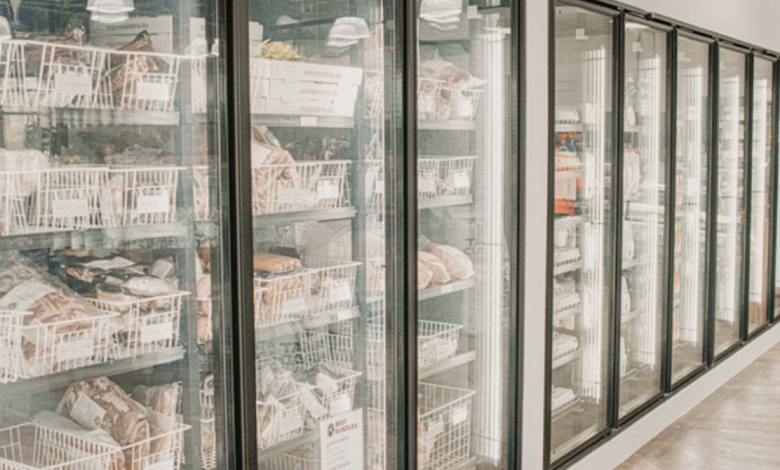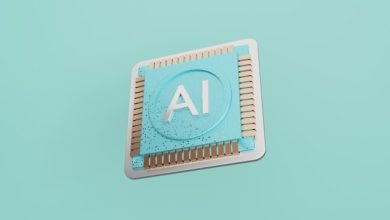
Businesses like restaurants and supermarkets rely on commercial refrigeration to keep their inventory fresh and safe. And when a fridge or freezer breaks, traditionally, it could take a lot of human effort to repair the equipment. Fortunately, smart technology, including Artificial Intelligence (AI) and the Internet of Things (IoT), has entered the picture as a game-changer in the commercial refrigeration industry. With greater connectivity, today’s equipment is more reliable and easier to maintain, causing fewer problems for businesses depending on its functionality.
This article will unpack some of the ways AI and IoT are contributing to more effective commercial refrigeration units and oversight.
Using Smart Sensors to Connect Systems
Thanks to IoT, modern refrigeration equipment has sensors to keep equipment connected to a central network. These sensors can monitor everything from humidity to temperature and door status. Busy restaurants and cafeterias with walk-in coolers and larger refrigerators can monitor energy efficiency and internal temperatures from a central platform accessible to key employees. That way, it’s easier for managers to ensure that equipment is running as it should without delegating those manual checks to other employees. This frees up employees and helps managers consolidate equipment oversight.
Digitizing key performance-related details about commercial refrigeration units also helps businesses be compliant. After all, a freezer that’s not keeping a cold enough temperature could compromise food safety. Sensors can alert managers through the platform to take action before food spoils.
And for larger operations that may include several businesses under one umbrella, using a sensor-connected system is key to offering effective management. If the freezer in a supermarket in one part of town is flagged for maintenance issues, for example, the regional manager can see that from the platform and dispatch a technician.
Enabling Real-Time Monitoring
AI-powered workplaces can help keep key stakeholders, like managers, looped in on how their business is operating. Within refrigeration, IoT-powered refrigeration sensors can help improve performance and potentially avoid significant equipment costs. A faulty fan motor or compressor, for instance, could be causing a refrigerator to drain power, leading to a spike in utility bills. Managers can be alerted by text or app notification when the sensor detects the problem. In response, they can address this issue quickly to prevent ongoing and expensive problems, as well as lapses in services.
Temperature-sensitive foods need to be stored safely, and IoT sensors are critical to enabling this to happen. Without a timely alert, grocery stores, restaurants, and other food businesses could lose inventory. They could also lose customer trust if they sell unsafe products and a recall or foodborne illness results. Instead, with IoT, it’s possible to respond to temperature issues promptly and help preserve both refrigeration equipment and the food within it.
Focusing on Predictive Maintenance
IoT sensors can capture vital data to assess how a piece of equipment is operating. AI can then take that data and use it to forecast maintenance schedules and catch potential issues before they happen. AI can analyze data to understand what typical operations should look like for a given freezer or fridge. If something moves beyond the normal range, AI can flag it. In short, AI can work in tandem with IoT to help facilitate predictive maintenance, which allows technicians to do repairs before internal problems lead to breakdowns. As a result, already-busy restaurants and stores won’t be frantically calling for an emergency repair.
To go a step further, technicians can use remote diagnostics to assess commercial equipment from anywhere. That way, they can come up with potential diagnoses before even arriving to complete a repair. This creates stronger efficiency, as technicians may be able to complete some repairs remotely. Technicians can avoid needless onsite visits and reduce their carbon footprint in the process. And AI can help users find more efficient ways to operate their equipment. Perhaps AI sees a pattern of opening and closing refrigerator doors too frequently at critical junctures during the day, for example. Then internal temperatures or cycles can be tweaked to minimize energy loss.
Harnessing the Power of AI and IoT
IoT and AI are helping power a more streamlined and effective approach to refrigeration. Food businesses need their equipment to function well to serve customers and meet safety requirements. Thanks to sensors, managers can use real-time monitoring to make sure their equipment is operating as it should, and intervene quickly when necessary. Data-driven surveillance allows food businesses to stay on top of operations and keep costs lower.





